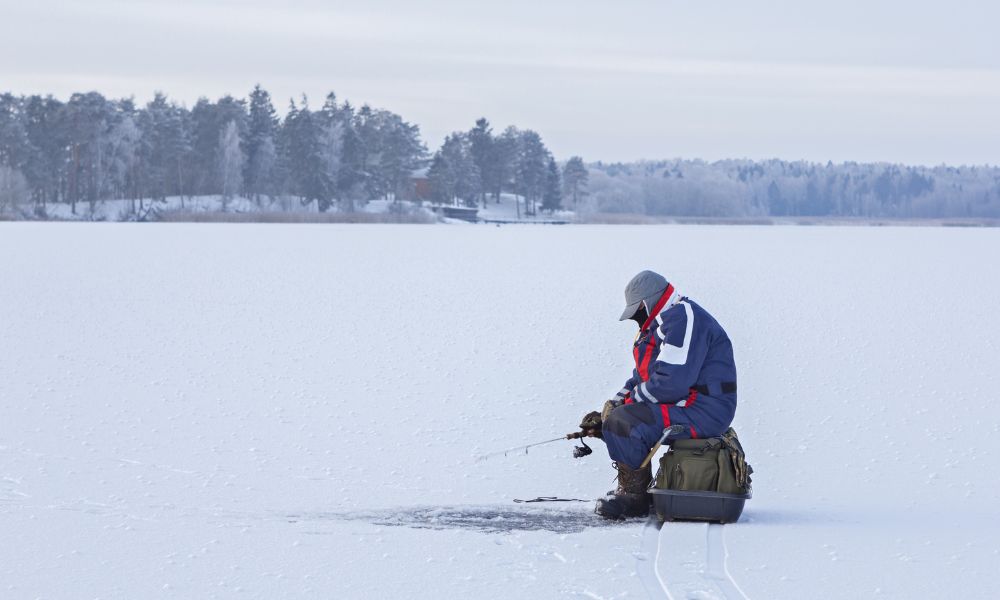
A Brief Guide to Layering for Cold-Weather Fishing
Whether you’re on the lookout for pike, perch, snapper, or walleye, you know that your chances of catching fish are better the longer you’re out on the water. But while these winter fish can handle the cold naturally, you, unfortunately, can’t. This means you need the right equipment to keep you warm and dry so that you can continue to cast your line. To help you stay out there on the water, here’s a brief guide to layering for cold-weather fishing.
Crash Course Layering 101
Your goal when out in freezing conditions is to stay warm and dry for as long as possible. The mistake people often make is thinking that more layers automatically mean more warmth. While this is true to some degree, improper layering can make you sweatier and more uncomfortable. You want sweat to move away from your body so that it can evaporate, but you also want a pocket of air close to your body that keeps you warm.
Base Layer
Your base layer, which includes your thermals, is the lynchpin for keeping you comfortable. This layer isn’t to keep you warm but rather to allow sweat to move away from your body, as mentioned previously. While it will help keep some warmth close to your body, its main job is to be breathable. Synthetic materials like polyester are good for this.
Additionally, don’t forget that your hands, feet, and head need warmth too. But they can often get the sweatiest, particularly your hands and feet. Breathable merino wool gloves and shoes aren’t just moisture wicking; they’re also odor resistant, making them great for these areas of the body that tend to smell.
Mid Layer
Your mid-layer is going to create that air pocket we discussed earlier. Because your body naturally gives off heat, it warms up the immediate air around it, which you want to trap and keep close. Additionally, this pocket of air helps the sweat that the thermals helped wick away from your body actually evaporate. In doing so, you stay warmer and dryer for much longer.
If it’s not too cold, you can probably get away with wearing a fleece. However, if a fleece isn’t enough, a lofty down jacket can act as an extra insulating layer. Remember, you don’t want the jacket to be too heavy, as this will press down on that critical pocket of air, causing you to sweat rather than stay comfortably warm.
Outer Layer
Your outer layer is your weatherproof shell, also known as your hard shell. Its job is to protect you from rain, snow, and wind getting in between your layers and making you colder. This layer isn’t mandatory, as it mostly depends on the kind of weather you’ll encounter, but since you’re on the water, you’ll likely experience at least some bitter winds.
With this brief guide to layering for cold-weather fishing, you’ll be able to stay outside longer. So you can comfortably enjoy your trip. Remember that the best layering practice is to start with a quality thermal, and that’s where we come in. Here at PolarMax, we sell high-quality, moisture-wicking thermals for men to keep you comfortable and protect you from the harsh winter weather.

